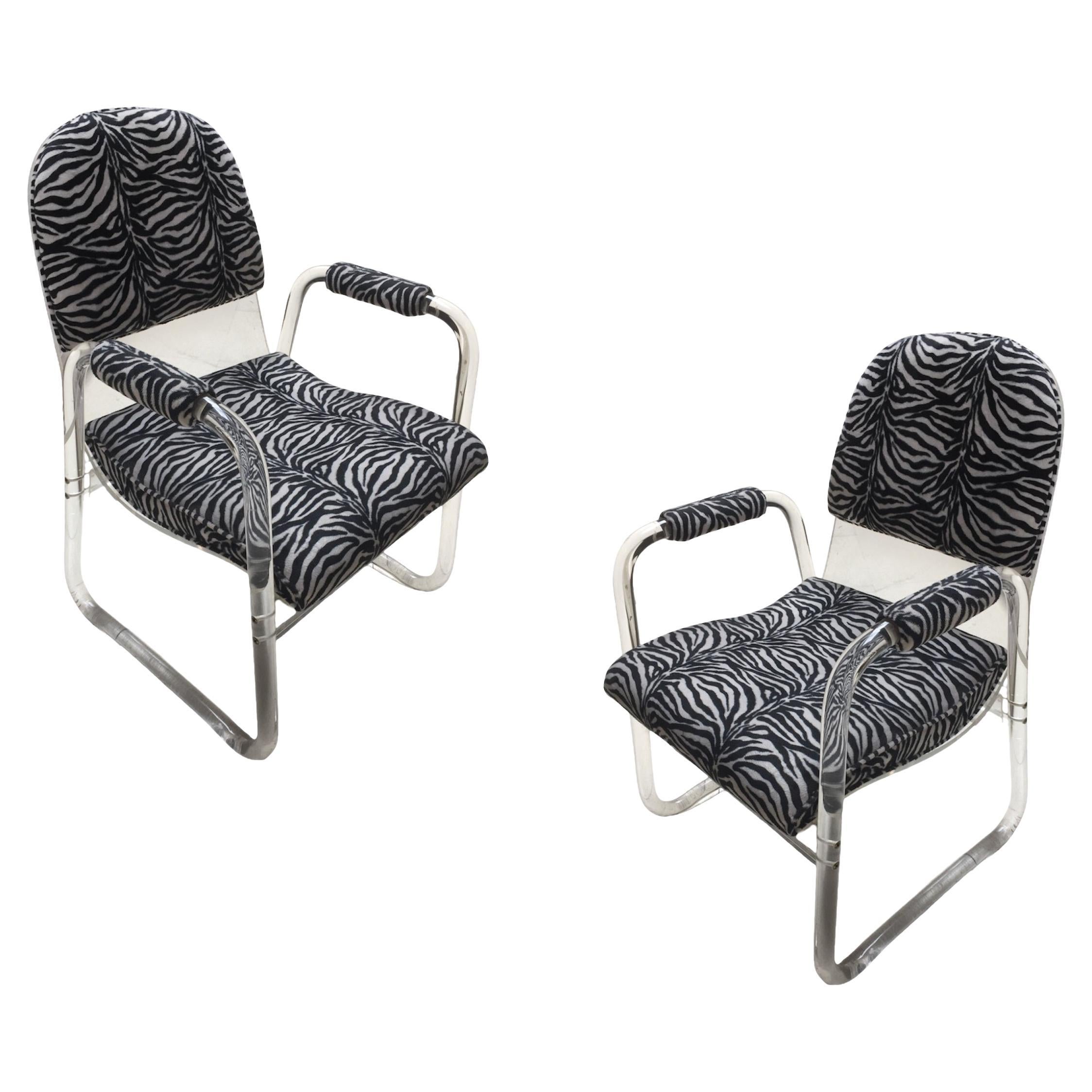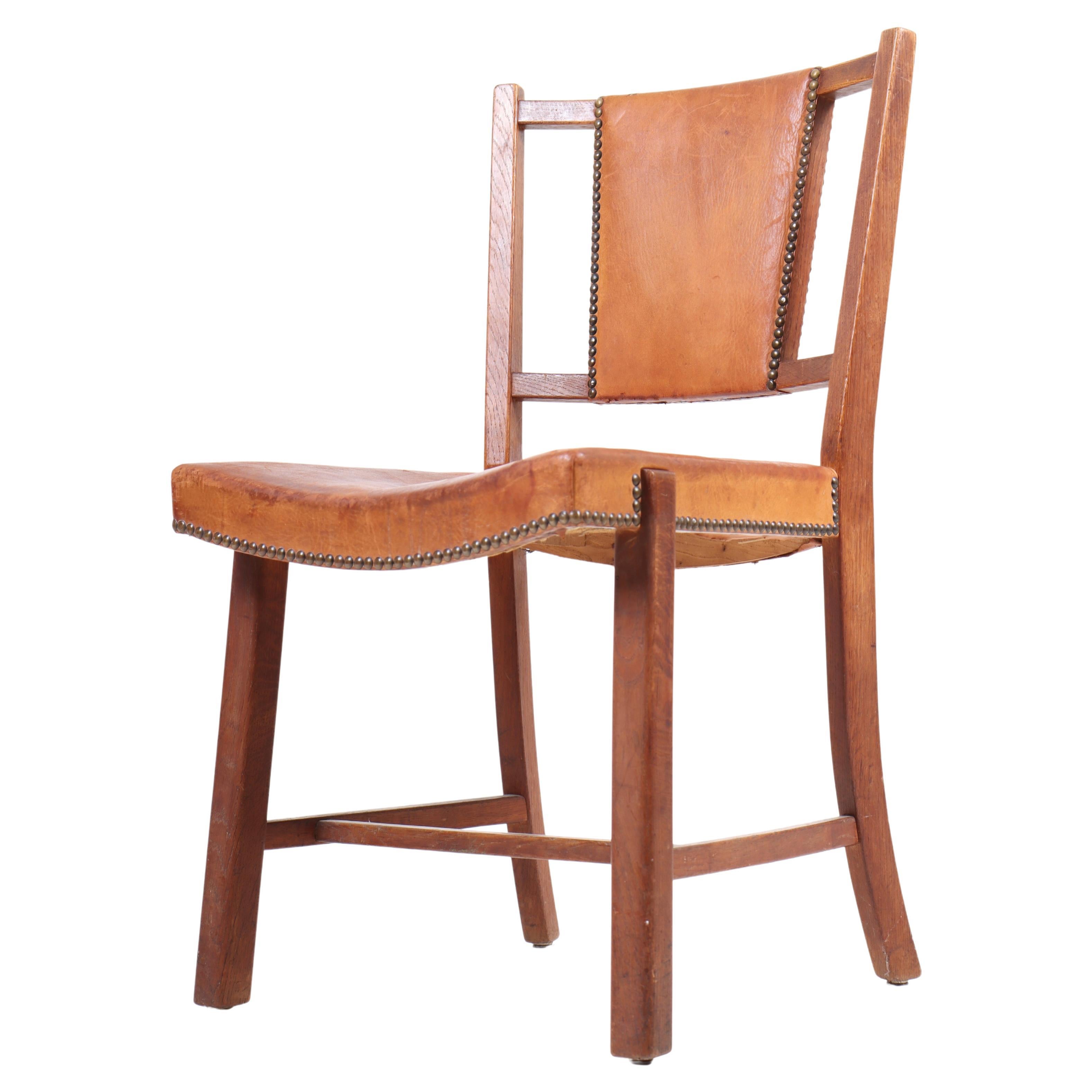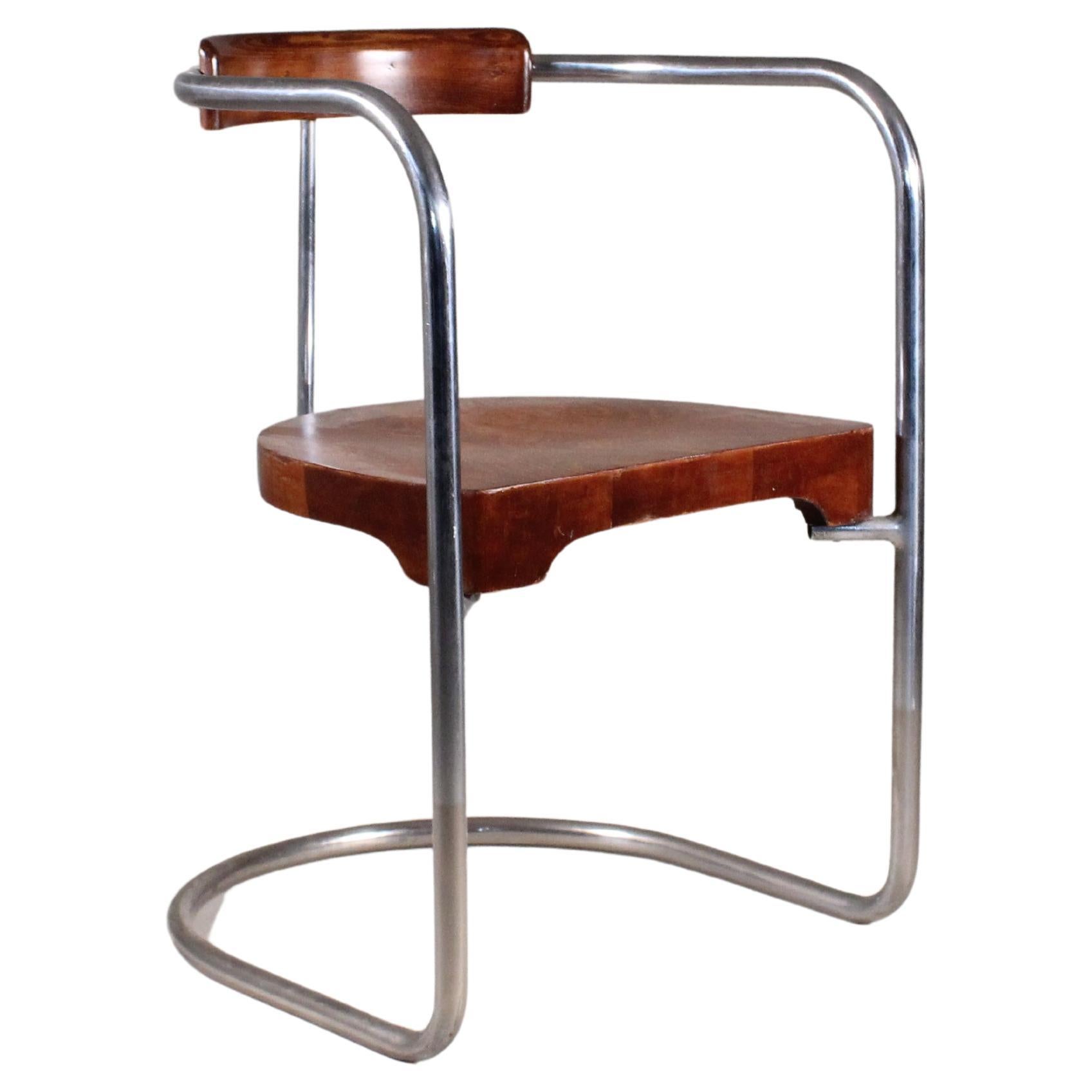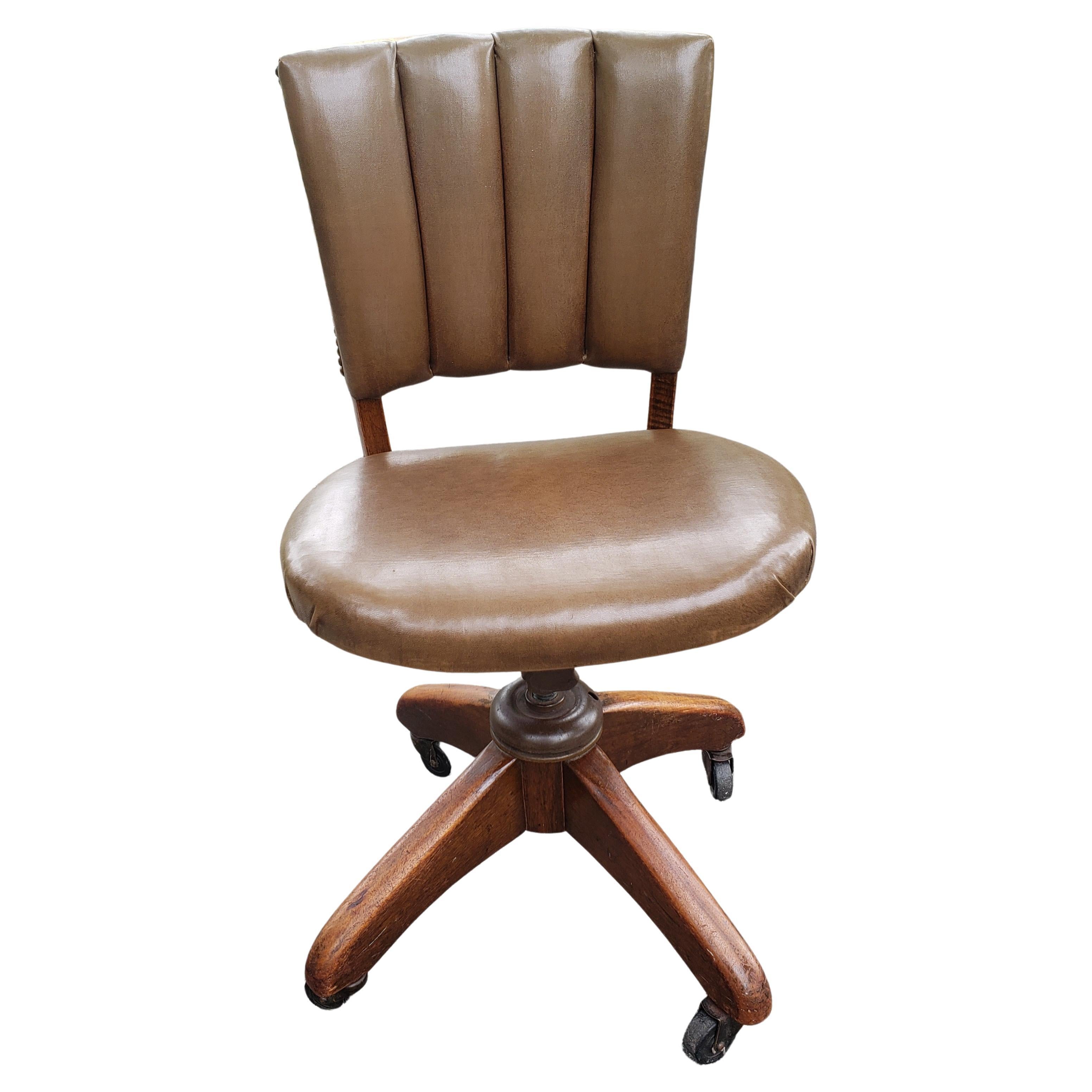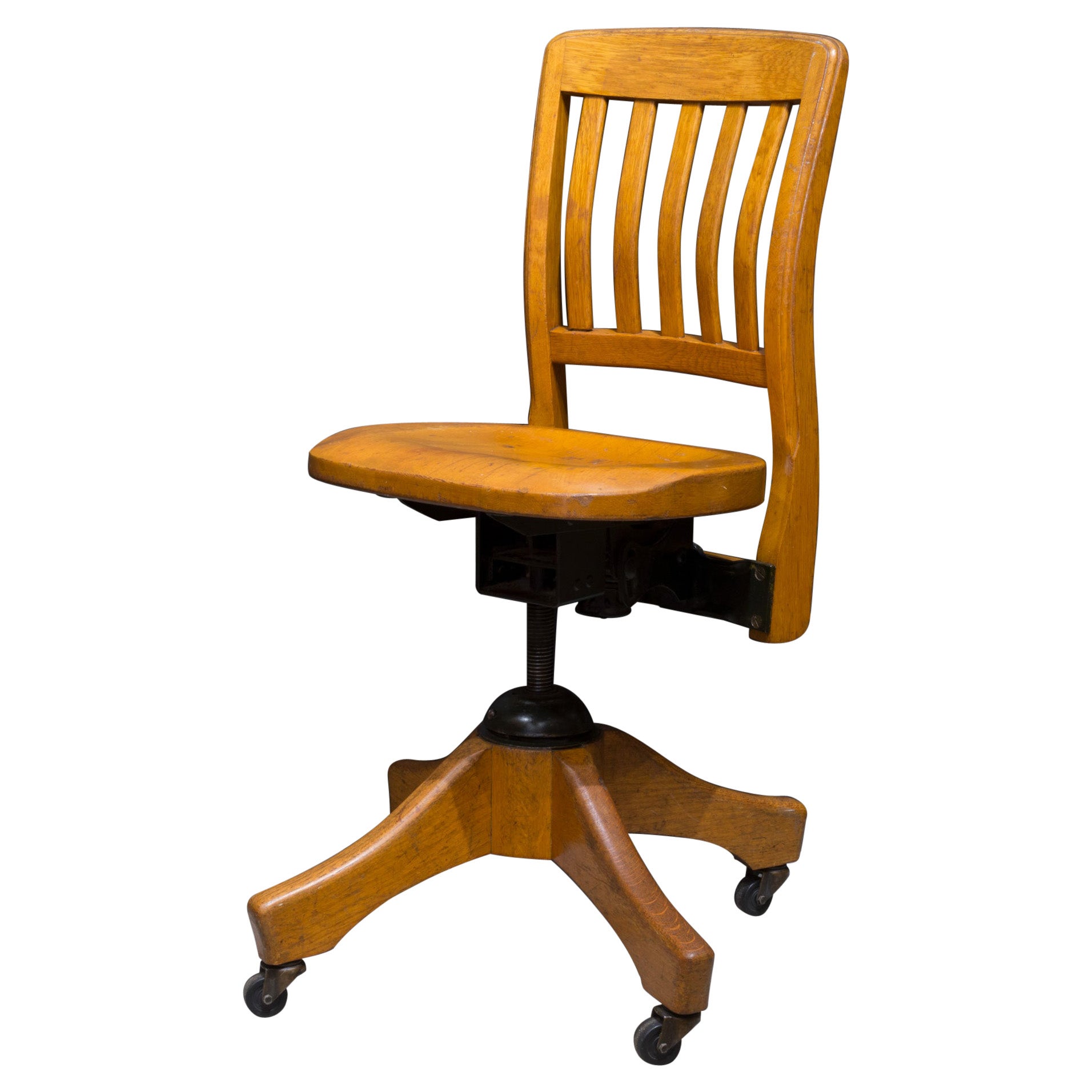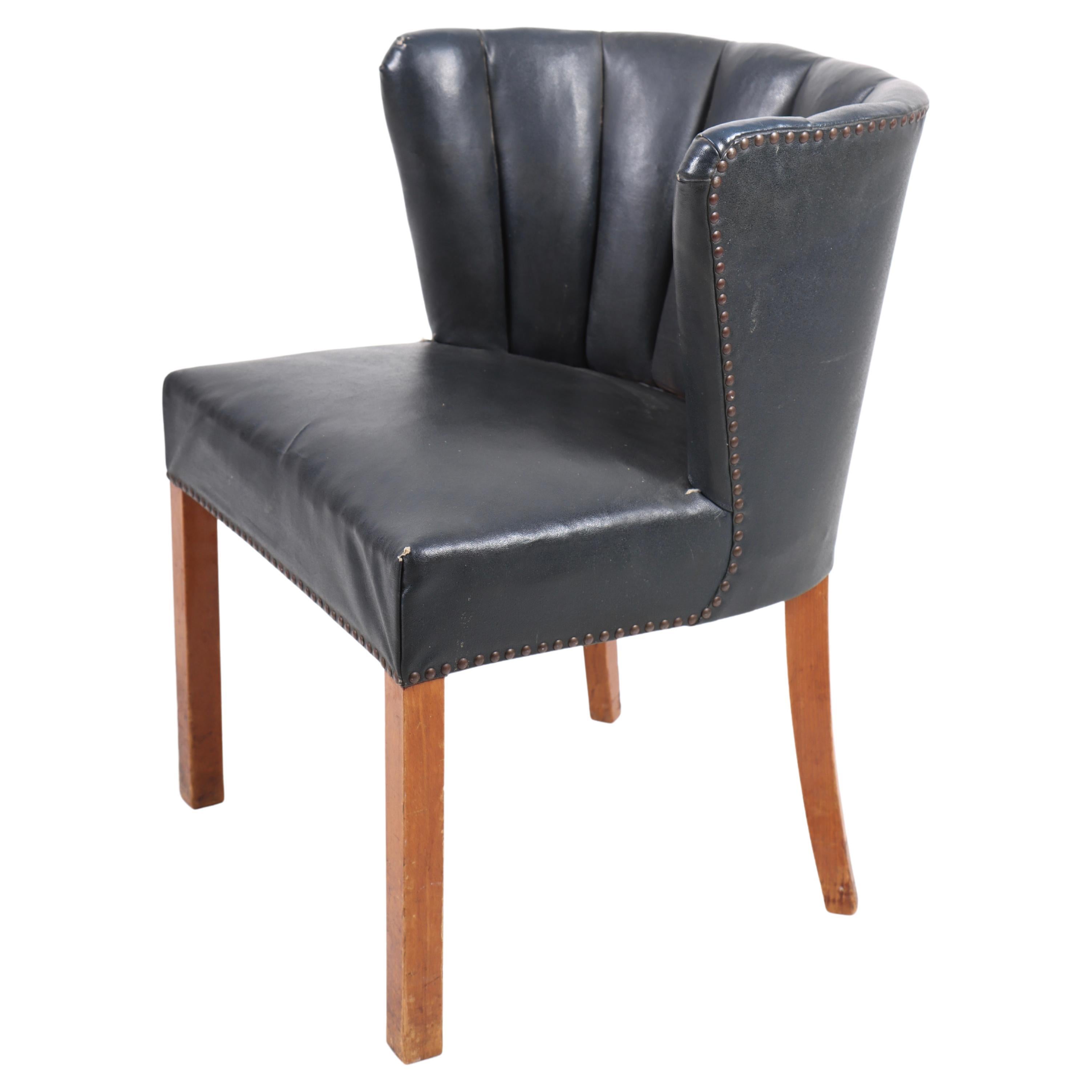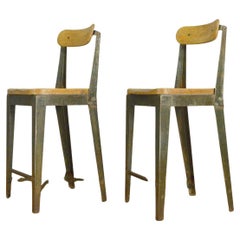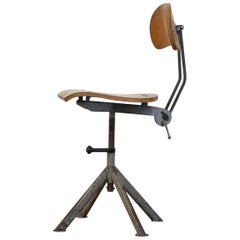
Architects Chair by Odelberg & Olson, circa 1940s
View Similar Items
Want more images or videos?
Request additional images or videos from the seller
1 of 11
Architects Chair by Odelberg & Olson, circa 1940s
About the Item
- Creator:Elias Svedberg (Designer)
- Dimensions:Height: 21.66 in (55 cm)Width: 16.15 in (41 cm)Depth: 19.69 in (50 cm)Seat Height: 21.66 in (55 cm)
- Style:Industrial (Of the Period)
- Place of Origin:
- Period:
- Date of Manufacture:1948
- Condition:Wear consistent with age and use.
- Seller Location:Gloucester, GB
- Reference Number:1stDibs: LU3796312885952
About the Seller
5.0
Vetted Seller
These experienced sellers undergo a comprehensive evaluation by our team of in-house experts.
Established in 2013
1stDibs seller since 2018
150 sales on 1stDibs
More From This SellerView All
- Industrial Factory Chairs by Leabank circa 1940sLocated in Gloucester, GBIndustrial Factory Chairs By Leabank circa 1940s - Steel frames - Original solid Elm seats and back rests - Original dark green paint - Made by Leabank - English ~ 1940s - 37...Category
Vintage 1940s English Industrial Stools
MaterialsSteel
- English Industrial Lockers circa 1940sLocated in Gloucester, GBEnglish Industrial Lockers circa 1940s - Sheet steel with mesh front doors - 2 Doors - Each compartment has hanging hooks and shelf - Salvaged from an engineering works in Birm...Category
Vintage 1940s English Industrial Wardrobes and Armoires
MaterialsSteel
- Large Aircraft Hanger Lights by Holophane, circa 1940sBy HolophaneLocated in Gloucester, GBLarge aircraft hanger lights by Holophane, circa 1940s - Price is per light - Heavy prismatic glass diffusers - Comes with 100cm of gold twist cab...Category
Vintage 1940s English Industrial Chandeliers and Pendants
MaterialsCut Glass
- Typ 113 Peitsche Table Lamp by Curt Fischer for Midgard circa 1940sBy MidgardLocated in Gloucester, GBTyp 113 Peitsche Table Lamp By Curt Fischer For Midgard Circa 1940s - Curved adjustable arm with its original grey paint - Angled steel shade in original brown paint - Takes E27 fitting bulbs - Designed by Curt Fischer - Typ 113 the "Peitsche" (whip) - German ~ 1940s - 75cm tall x 16cm wide Curt Fischer/Midgard Midgard was founded in 1919 in Auma / Thuringia by the engineer Curt Fischer. Originally for internal needs of his machine factory IWA Ronneberger & Fischer (industrial plant Auma), Curt Fischer developed scissors lamps and articulated lamps. This is why he is considered the inventor of the "tractable light". The in these days widespread ceiling-mounted pendulous lampshades provided only static light from above. As such, the entrepreneur regarded them as rather inflexible. This type of lightning caused the workers to cast shadow over their workpieces themselves. Curt Fischer sketched and manufactured first prototypes of articulated lamps by passing the live cable through tubes and developing articulations between the tubes. He perfected the system, developed many multi-armed desk lamps, work lamps and wall lamps. Within few years he turned to be a luminaire manufacturer which he called Midgard (as the Norse Mythology called the bright Middle Earth inhabited by people). Early on his designs were recognised and valued by Walter Gropius, among others, and hence used at the Bauhaus. Gropius supported Fischer's developments. Their original correspondence has been preserved until the present day. The post-war period Curt Fischer passes away in 1956. His son Wolfgang takes over management in the spirit of his father's. Up until in the late 60s Midgard produced their meanwhile three luminaire ranges: - the historic Steering Lamps, which were used among others at the Bauhaus - the robust and modular as well as maintenance-free Machine Lamp...Category
Vintage 1940s German Industrial Table Lamps
MaterialsSteel
- Tubular Steel Bauhaus Armchairs, circa 1940sLocated in Gloucester, GBTubular Steel Bauhaus Armchairs circa 1940s - Tubular steel frames with cast aluminum backs - Wooden armrests - Black linen upholstery - Sprung seats - German ~ 1940s - 60cm ...Category
Vintage 1940s German Bauhaus Armchairs
MaterialsSteel
$1,268 / set - WW2 Factory Safety Poster Circa 1940sLocated in Gloucester, GBWW2 Factory Safety Poster Circa 1940s - Original litho poster - Designed by Bruce Angrave - Framed in a black wooden frame with glass - English ~ 1940s - 52cm wide x 78.5cm tall B...Category
Vintage 1940s English Art Deco Posters
MaterialsPaper
You May Also Like
- Odelberg Olsen Work ChairBy Knoll, Odelberg OlsenLocated in New York, NYWork chair of molded birch plywood and painted steel by the Swedish metalworking firm of Odelberg Olsen, produced circa 1948, for distribution by Knoll in the U.S. market. The chair, which references Prouve, is shown in the 1948 Knoll catalog...Category
Vintage 1940s Swedish Industrial Office Chairs and Desk Chairs
MaterialsSteel
- Scandinavian Vintage Workshop chair, circa 1946, Odelberg & OlsonBy Odelberg OlsenLocated in VILLEURBANNE, FRModel T60 chair with four-legged compass base in red lacquered metal, height-adjustable plywood seat and back. Slight missing parts. Manufacturer: Odelberg & Olson, circa 1946.Category
Vintage 1940s American Mid-Century Modern Chairs
MaterialsMetal
- French 1940s Neoclassical Style Desk ChairBy André ArbusLocated in Isle Sur La Sorgue, VaucluseChic Art Deco 1940s desk chair in blond walnut with original dark green upholstery.Category
Mid-20th Century French Art Deco Office Chairs and Desk Chairs
- Desk Chair in Patinated Leather by Danish Cabinetmaker 1940sLocated in Lejre, DKSwivel chair in patinated original leather. Designed and made in Denmark, great original condition.Category
Vintage 1940s Scandinavian Scandinavian Modern Office Chairs and Desk Ch...
MaterialsLeather, Beech
- Pair of Solid Lucite Vanity Chair, 1940sLocated in Ciudad Autónoma Buenos Aires, CPair of solid lucite chairs We have specialized in the sale of Art Deco and Art Nouveau and Vintage styles since 1982. If you have any questions we are at your disposal. Pushing the button that reads 'View All From Seller'. And you can see more objects to the style for sale. Why are there so many antiques in Argentina? In the 1880 – 1940 there was a grate wave of immigration encouraged by the periods of war that were taking place. 1st World War took place between 1914 and 1918 2nd World War took place between 1939 and 1945 The immigrants options were New York or Buenos Aires. Tickets were cheap and in Buenos Aires they were welcomed with open arms, as it was a country where everything was still to be done. Argentina was the country of new opportunities, labour was needed and religious freedom was assured, in many cases the of the family travel first until they were settled and then the rest of the family members join them. In the immigrant museum “Ellis Island Immigrant Building” in New York you can se the promotional posters of the boats that would take them to a new life. Between the years 1895 and 1896, Argentina had the highest DGP (gross domestic product) per capita in the world according to the Maddison Historical Statistics index, this situation arose due to the large amount of food being exported to European countries, which were at war. The Argentinean ships left the port of Buenos Aires with food, but they returned with furniture, clothes and construction elements, (it´s common to see this the old buildings of the historic neighbourhood of San Telmo, the beams with the inscription “Made in England)”, as well as many markets that were built in Buenos Aires, such us the San Telmo Market, whose structure was brought by ship and afterwards assembled in 900 Defensa Street. With the great influence of European immigrants living in the country, the children of the upper classes travelled to study in France, resulting in the inauguration of “La Maison Argentinienne”, on 27th of June 1928, in the international city of Paris, which hosted many Argentinians that were studying in Frace. It´s the fourth house to be built after France, Canada and Belgium, being the first Spanish-speaking one. Still in place today (17 Bd Jourdan, 75014, Paris, France). Many of the children of these wealthy families who attended international art exhibitions, museums and art courses abroad, took a keen interest in the European style. This is why Buenos Aires was at the time referred as “The Paris of South America”. Between the years 1890 and 1920 more than a hundred Palaces were built on Alvear Avenue the most exclusive avenue in Buenos Aires. Today some of these palaces have been transformed into museums, hotels and embassies. In the year 1936, the Kavanagh building was inaugurated, it was the tallest reinforced concrete building in South America. During 1994 the American Society of Civil Engineers distinguished it as an “international engineering milestone”, and it´s now considered a World Heritage of Modern Architecture. At the time was common to hire foreign architects such as Le Corbusier, who visited Buenos Aires/Argentina in 1929 and in 1948 he drew up the blueprints for a house built in La Plata City (which was declared a World Heritage Site). In 1947, the Hungarian architect Marcelo Breuer designed “Parador Ariston” in the seaside city of Mar del Plata. After an Argentinean student at Harvard University convinced him to come to Argentina. He worked on an urban development project in the Casa Amarilla, area of La Boca. The Ukrainian architect, Vladimiro Acosta, arrives in Argentina in 1928 and worked as an architect until que moved to Brazil. Antonio Bonet, a Spanish architect who worked with Le Corbusier in Paris, arrives in Argentina in 1937, where he carried out several architectural works and in 1938 designs the well-known BFK chair...Category
Vintage 1940s American Space Age Office Chairs and Desk Chairs
MaterialsLucite
$12,000 / set - Danish Side Chair in Patinated Leather, 1940sLocated in Lejre, DKDanish side chair in patinated leather and oak. Designed and made in Denmark, original condition.Category
Vintage 1940s Scandinavian Scandinavian Modern Office Chairs and Desk Ch...
MaterialsLeather, Oak
Recently Viewed
View AllMore Ways To Browse
Triva Chair
Pipeline Chair
Elias Svedberg For Nordiska Kompaniet
Odelberg Olson
Mid Century Desk Chair
Mid Century Desk Chairs
Mid Century Chair Desk Chair
Desk Chairs Mid Century
Midcentury Desk Chairs
Midcentury Desk Chair
Chairs For The Desk
Brown Desk Chair
Retro Office Desk Chair
Retro Office Desk And Chair
Midcentury Desk And Chair
Mid Century Vintage Desk Chair
Retro Leather Office Chair
Retro Leather Office Chair Office Chairs




